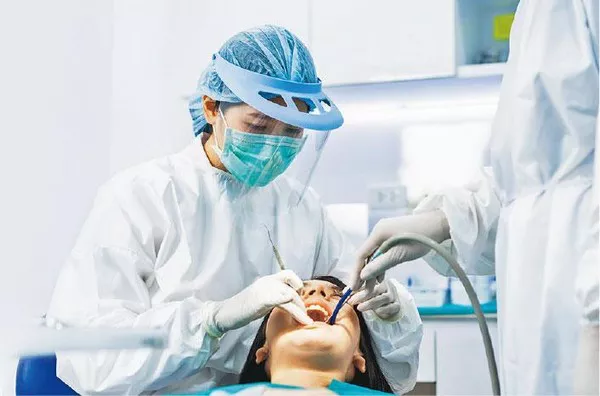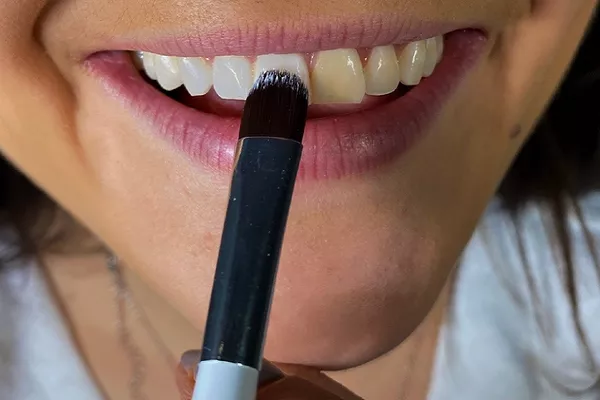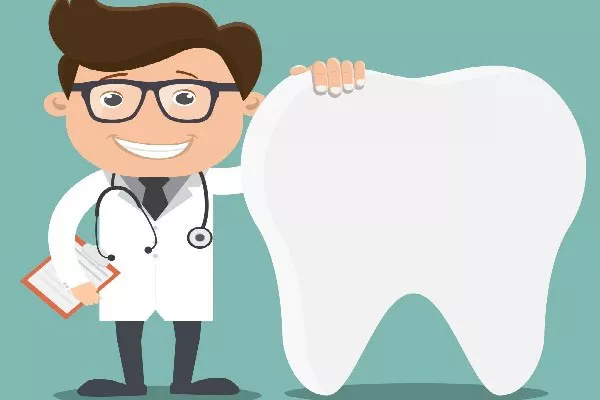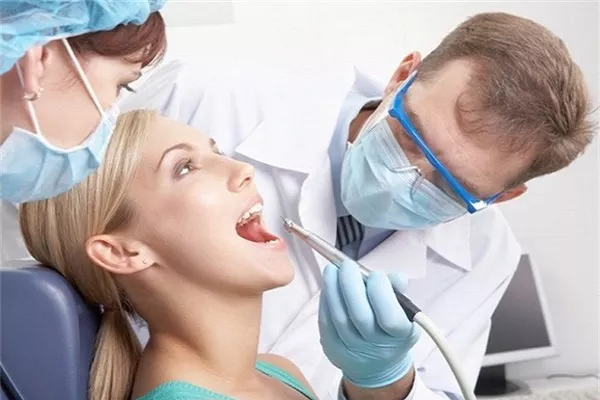Orthodontic treatment is a common practice used to correct misaligned teeth and improve a patient’s oral health. While most orthodontic treatments are considered elective or cosmetic, certain conditions require medically necessary orthodontics. In this article, we will explore what medically necessary orthodontics are and the specific conditions that require them.
Defining Medically Necessary Orthodontics
Medically necessary orthodontics refers to the use of orthodontic treatment to address a functional problem or prevent the development of a dental or oral health issue. This can include:
- Malocclusion: This is a condition where the teeth and jaws do not align properly, resulting in problems with biting, chewing, and speaking. Malocclusion can also lead to tooth wear, gum disease, and jaw pain.
- Trauma: If a patient has experienced facial trauma, it may cause misalignment of the teeth or jaws. Orthodontic treatment can help to restore proper alignment and improve function.
- Congenital abnormalities: Some patients are born with dental or jaw abnormalities that can affect their oral function and health. Medically necessary orthodontics can help to correct these abnormalities and prevent future problems.
- Sleep apnea: Some cases of obstructive sleep apnea can be treated with orthodontic appliances that help to reposition the jaw and open the airway.
Conditions that Require Medically Necessary Orthodontics
1.Malocclusions
Malocclusions refer to the misalignment of the teeth or the jaws, which can cause difficulties in speaking, eating, and breathing. Some examples of malocclusions include overbite, underbite, crossbite, open bite, and overcrowding. These conditions can lead to speech impediments, chewing difficulties, and even sleep apnea. Medically necessary orthodontics can correct these issues and prevent further complications from arising.
- Treatment options: Braces, clear aligners , headgear, palatal expanders, jaw surgery, and tooth extraction.
2.Cleft Lip and Palate
Cleft lip and palate are congenital birth defects that occur when the tissues in the mouth do not fuse together properly during fetal development. This condition can lead to difficulty feeding, speech impairments, and hearing loss. In addition, individuals with cleft lip and palate may experience social and emotional challenges due to visible facial differences. Medically necessary orthodontics can help correct the alignment of the teeth and jaws, improve speech and hearing, and enhance a patient’s overall quality of life.
- Treatment options: Palatal expanders, braces, speech therapy, surgery.
3.Temporomandibular Joint Disorder (TMD)
Temporomandibular joint disorder (TMD) is a condition that affects the temporomandibular joint, which connects the jawbone to the skull. TMD can cause pain, stiffness, and difficulty opening and closing the mouth. In severe cases, it can lead to chronic headaches and migraines. Medically necessary orthodontics can help correct bite alignment and relieve pressure on the temporomandibular joint, thereby alleviating pain and discomfort.
- Treatment options: Braces, splints, nightguards, physical therapy.
4.Sleep Apnea
Sleep apnea is a sleep disorder characterized by interrupted breathing during sleep. It can lead to fatigue, decreased cognitive function, and an increased risk of heart disease and stroke. In some cases, sleep apnea may be caused by a narrow airway or misaligned teeth and jaws. Medically necessary orthodontics can help correct these issues, allowing for better breathing and improved sleep.
- Treatment options: Palatal expanders, braces, clear aligners, surgery.
Conclusion
Medically necessary orthodontics are essential in improving a patient’s oral health and overall quality of life. They can correct a range of conditions, including malocclusions, cleft lip and palate, temporomandibular joint disorder, and sleep apnea. If you suspect you or your child may require medically necessary orthodontics, speak to your dentist or orthodontist to discuss treatment options. Remember, early intervention is often key in preventing further complications and achieving optimal results.
Related Topics:



























